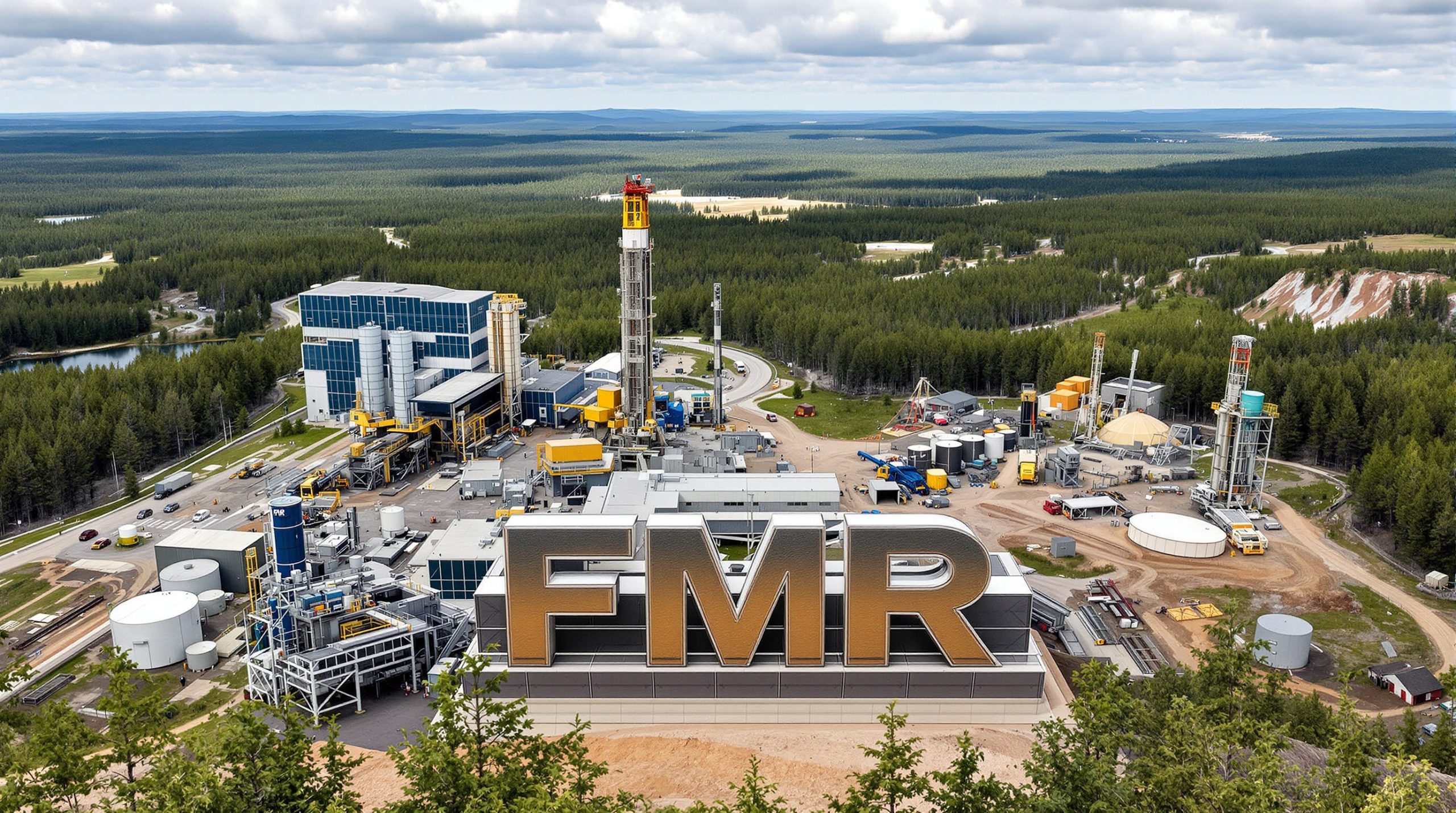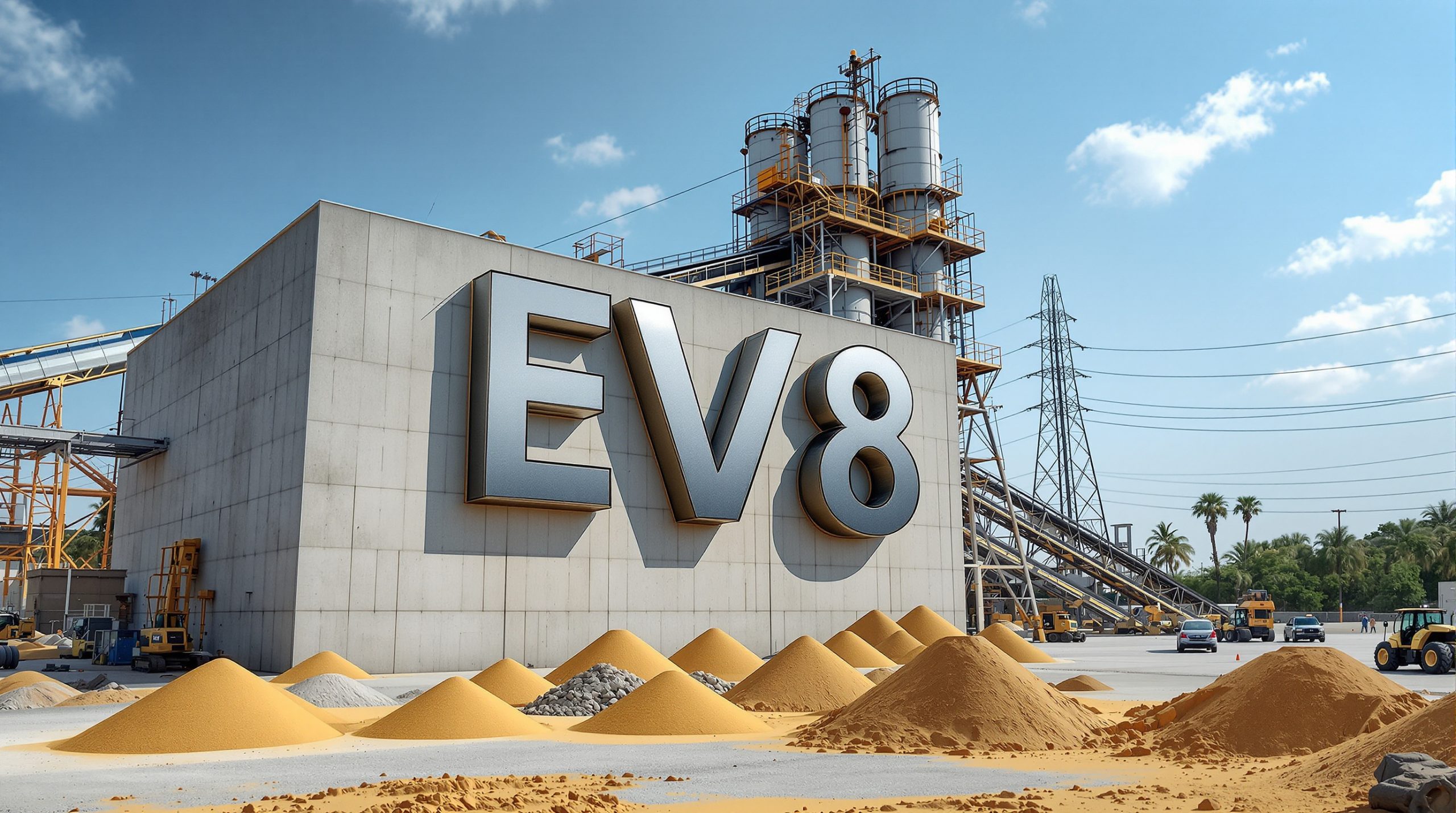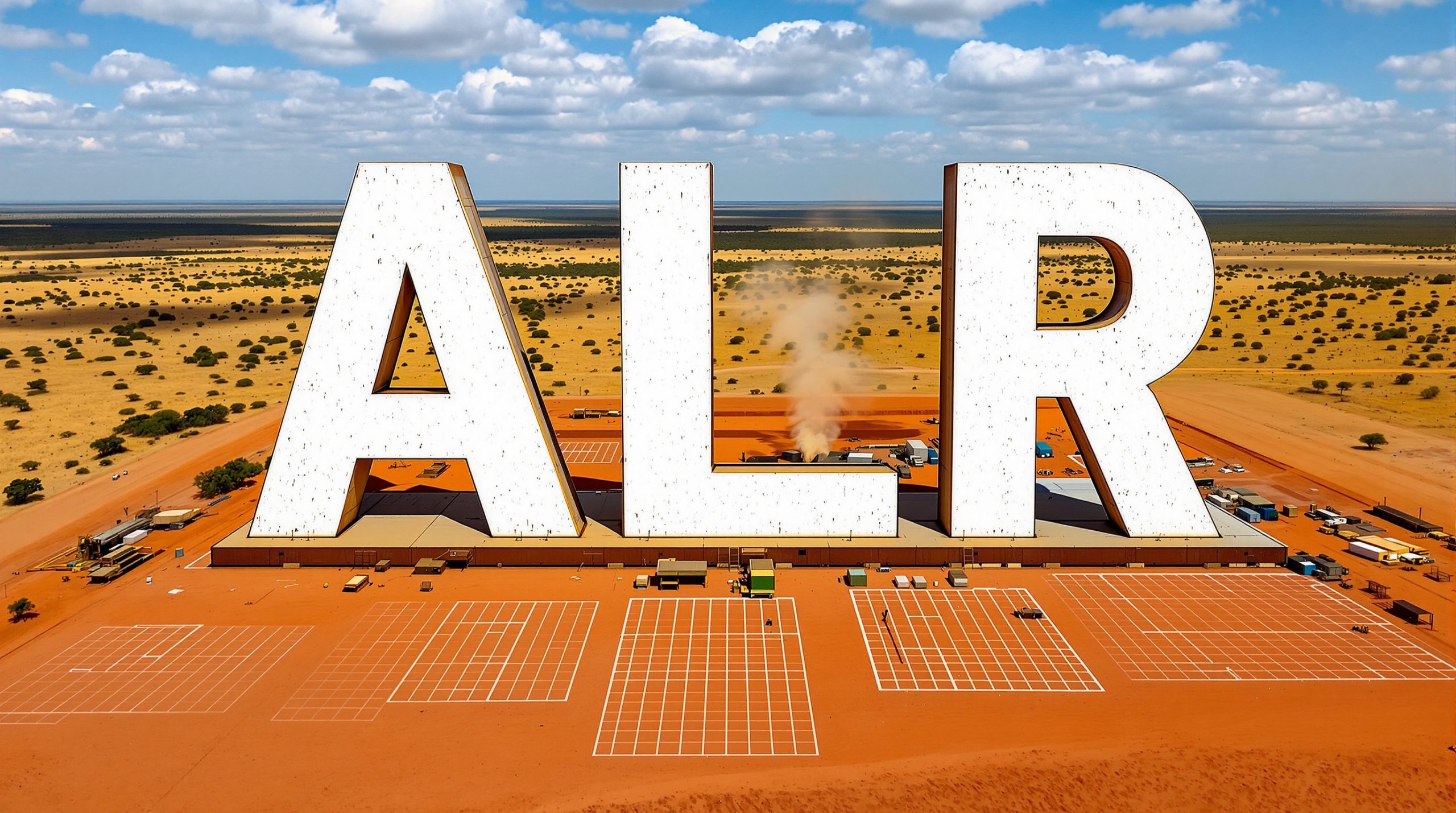Chilwa Minerals Strikes Rare Earth Elements in Maiden Diamond Drill Hole
Chilwa Minerals Limited (ASX: CHW) has confirmed the presence of rare earth elements (REEs) through its first diamond drill hole at the Mposa anomaly, marking a significant milestone in the company's exploration of the Chilwa Carbonatite System in Malawi.
Initial Drilling Results Confirm REE Potential
The maiden diamond drill hole (MPODD001) has returned promising assay results, with elevated Total Rare Earth Oxide (TREO) values of up to 1,039ppm detected in clay, sediments, and saprolite to depths of up to 80 meters.
These findings validate the company's exploration thesis that the area hosts significant REE mineralisation. ICP-MS results for Lanthanum and Cerium indicate the presence of monazite – an important REE-bearing mineral that has also been identified in the company's adjacent Mposa Heavy Mineral Sands deposit.
The comprehensive drilling program at the Mposa anomaly has been completed with sampling of five additional drill holes currently ongoing. Notably, promising breccia structures were identified in hole MPODD004 at depths of 188-190 meters – a significant indicator of potential REE mineralisation, as breccias often form through the explosive ascent of carbonatite magma.
"This update represents yet another significant step for the company – and perhaps the most exciting to date. Since receiving the results of the airborne radiometric survey in 2024, we have been confident that we have identified a substantial critical minerals asset," said Chilwa Minerals' Managing Director, Cadell Buss.
Systematic Exploration Approach Targeting Multiple Anomalies
The company has now advanced to drilling its second target area at Mpyupyu, where early observations have revealed encouraging signs including:
- Fenitization and brecciation identified near surface
- Pervasive sulphide alteration (pyrite, chalcopyrite)
- Barite-rich dykes indicating increased sulphide activity
- Evidence of a carbonatite system including increased calcite
These are all considered promising indicators of REE mineralisation in carbonatite systems. The Mpyupyu target is located within an area previously studied and found to bear radioactive pyrochlore – a primary source of niobium and tantalum.
Strategic Position in a Known REE Province
Chilwa's exploration program targets 47 geophysical anomalies identified through airborne radiometric and magnetic surveys completed in late 2024. These anomalies exhibit characteristics consistent with REE mineralisation, including Thorium and Potassium signatures, magnetic anomalies, and zoned intrusive bodies.
The project area is situated within the Chilwa Alkaline Province, which hosts numerous known REE deposits including Kangankunde, Songwe Hill, and Tundulu. Geochemical analysis confirms that the mineralisation is LREE-dominant (weighted towards La₂O₃, CeO₂, and Nd₂O₃), consistent with many carbonatite-associated REE systems globally.
Importantly, the results also demonstrate consistent levels of Heavy Rare Earth Elements (HREE) such as Dysprosium, Erbium, and Yttrium, which are strategically significant for clean energy applications and advanced technologies.
Understanding Carbonatite Systems: Key to REE Exploration
Carbonatites are rare igneous rocks containing more than 50% carbonate minerals, and they represent some of the world's richest sources of rare earth elements. The breccias identified in Chilwa's drilling program are particularly significant as they form through explosive magmatic processes.
These breccias occur when carbonatitic magma ascends rapidly, fracturing surrounding rocks and incorporating them into the magma flow. The matrix material is often carbonatitic, with the breccia representing a later stage of magmatic activity in a carbonatite complex.
Such geological structures are prime targets for REE exploration, as they can host concentrated deposits of these critical minerals essential for modern technologies.
Rare Earth Elements: Critical Materials for Modern Technology
Rare earth elements from Chilwa Minerals Ltd comprise 17 metallic elements, including the 15 lanthanides plus scandium and yttrium. Despite their name, most REEs are relatively abundant in the Earth's crust, but they rarely occur in concentrated and economically viable deposits.
REEs are categorised into two groups:
Light Rare Earth Elements (LREEs): Including Lanthanum, Cerium, Praseodymium, Neodymium, Promethium, Samarium, and Europium.
Heavy Rare Earth Elements (HREEs): Including Gadolinium, Terbium, Dysprosium, Holmium, Erbium, Thulium, Ytterbium, Lutetium, and Yttrium.
These elements are crucial components in many high-tech applications due to their unique magnetic, phosphorescent, and catalytic properties. Their applications include:
- Permanent magnets for electric vehicles and wind turbines
- Catalysts for petroleum refining
- Phosphors for LED lights, displays, and lasers
- Polishing compounds for electronic devices
- Batteries for hybrid and electric vehicles
- Medical imaging equipment
The global demand for REEs continues to grow, particularly with the expanding clean energy sector, creating opportunities for new supply sources outside the currently dominant Chinese market.
Dual Exploration Strategy: REE and Heavy Mineral Sands
Chilwa Minerals is pursuing a dual exploration strategy, with dedicated teams working on both the REE and Heavy Mineral Sands programs. This approach leverages potential synergies between the two mineral systems, as evidenced by the company's recent announcement regarding rare earth mineral concentrates as a potential by-product of its HMS assemblage.
The exploration at Lake Chilwa is particularly interesting as it involves both primary carbonatite-hosted REE deposits and potential ionic-adsorption clay hosted REE deposits in the sedimentary cover. While the company has noted that the TREO grades in sediments and cover may warrant further investigation as ionic-adsorption clay hosted REE deposits, its current focus remains on identifying carbonatite-hosted or associated REE deposits.
Forward Outlook and Next Steps
Chilwa Minerals has outlined a comprehensive work program to advance exploration:
- Final geochemistry results for the remaining 17 geophysical anomalies are expected in coming weeks, which will complete analysis for all 47 targets
- Continued diamond drilling at the Mpyupyu anomaly, with plans for up to 9 holes
- Commissioning of a second diamond drill rig to increase capacity
- Ongoing sample preparation and assay work
The systematic approach to testing all 47 geophysical anomalies positions Chilwa Minerals to potentially make additional discoveries across its extensive license area.
Why Investors Should Watch Chilwa Minerals
Chilwa Minerals presents a compelling investment case for several reasons:
-
Strategic Critical Minerals Focus: The company is targeting rare earth elements essential for clean energy transition and advanced technologies.
-
Multiple Discovery Potential: With 47 identified geophysical anomalies and only two tested so far, there is significant exploration upside.
-
Dual Asset Strategy: The combination of REE exploration with an established Heavy Mineral Sands project provides diversification.
-
Location Advantage: The project is situated in the Chilwa Alkaline Province, known for significant REE deposits including the neighboring Kangankunde project.
-
Methodical Exploration Approach: The company has established a systematic exploration program with clear milestones and catalysts.
As global demand for rare earth elements continues to grow, driven by clean energy technologies and high-tech applications, Chilwa Minerals is positioning itself as a potential new source of these critical materials in a proven geological province.
Ready to Capitalise on the Rare Earth Elements Opportunity?
To learn more about Chilwa Minerals' promising REE discoveries and their strategic dual exploration approach in Malawi's mineral-rich Chilwa Alkaline Province, visit www.chilwaminerals.com.au today. With 47 geophysical anomalies and early drilling success, this ASX-listed company offers investors a compelling opportunity in the critical minerals sector driving tomorrow's clean energy revolution.




